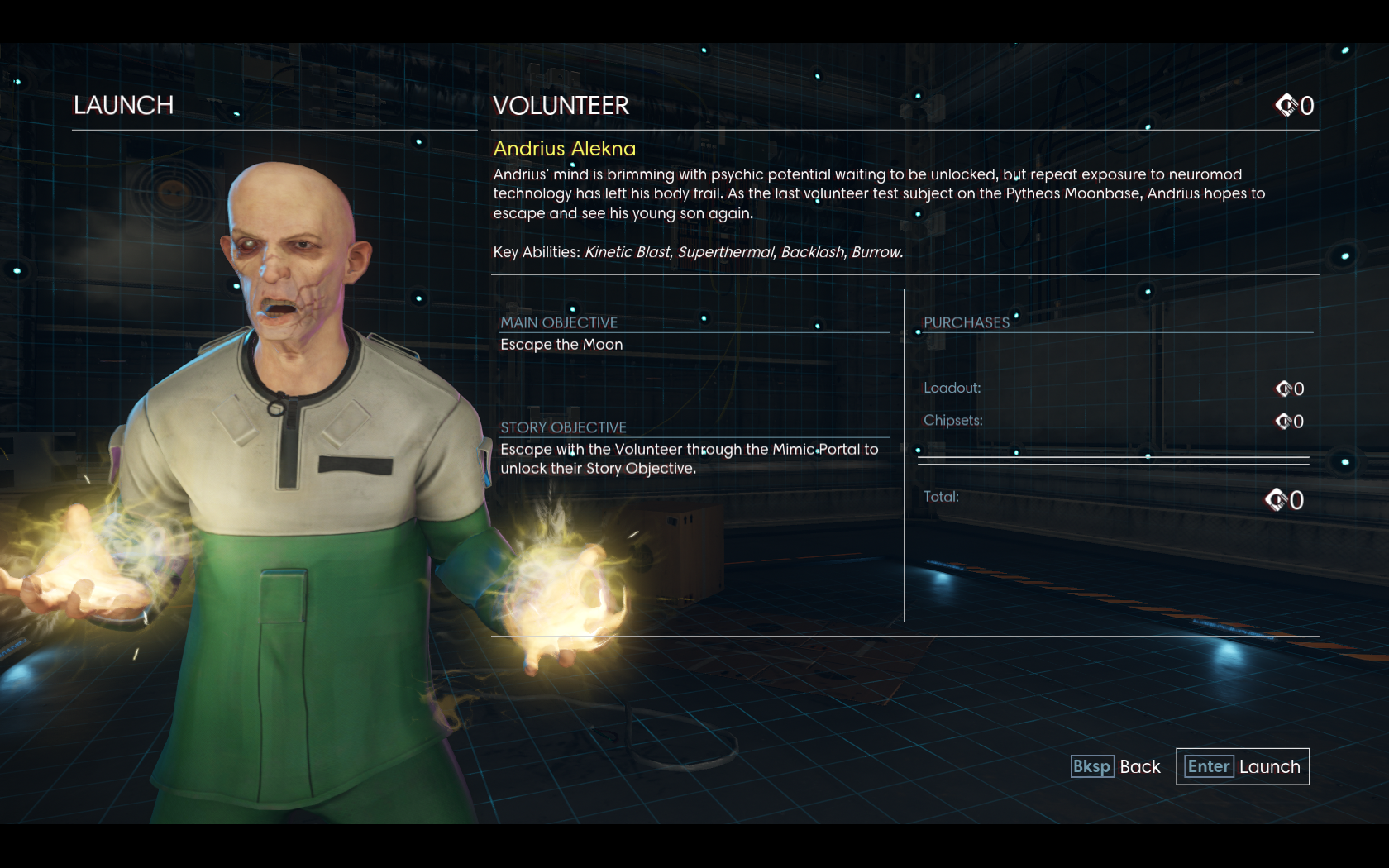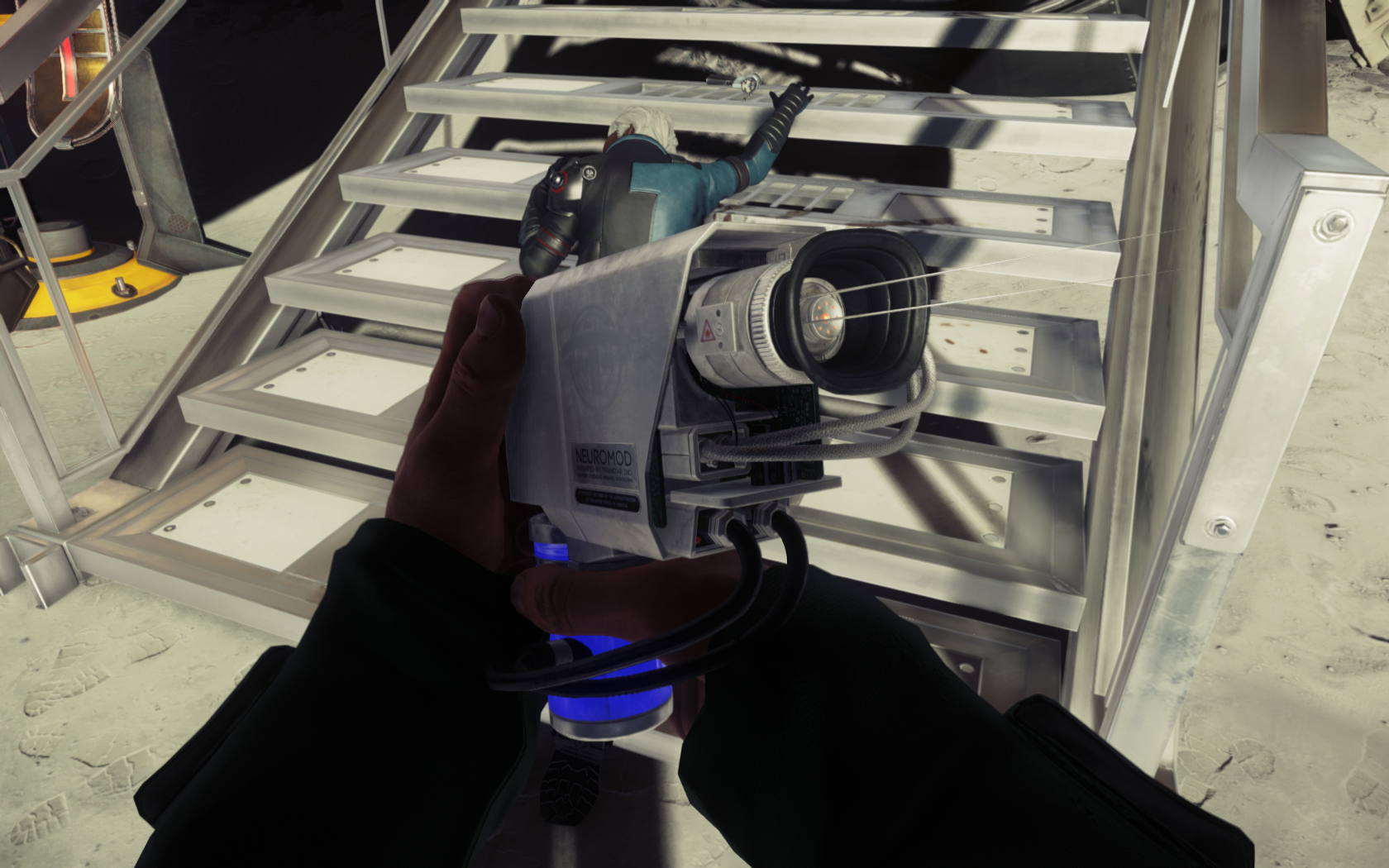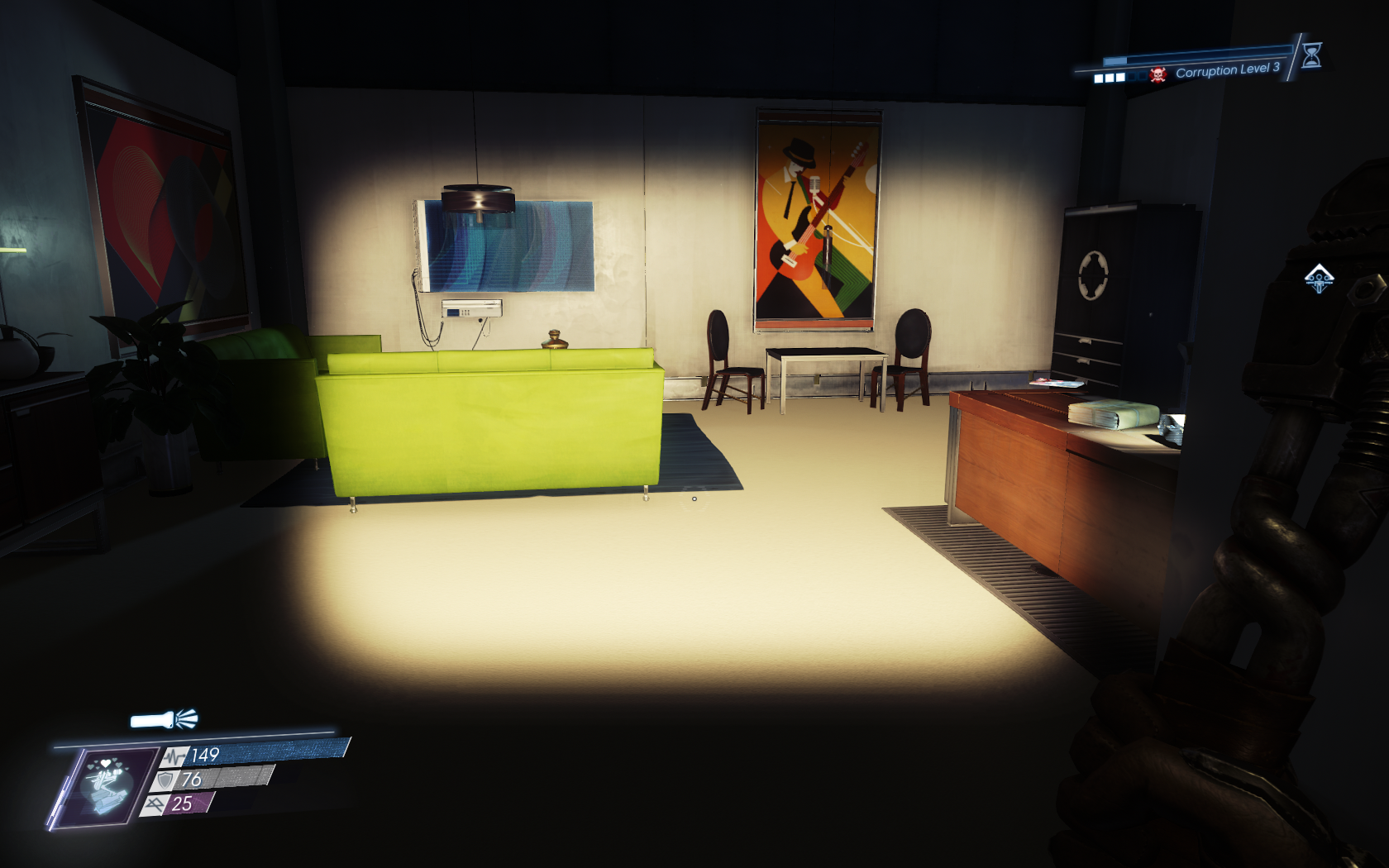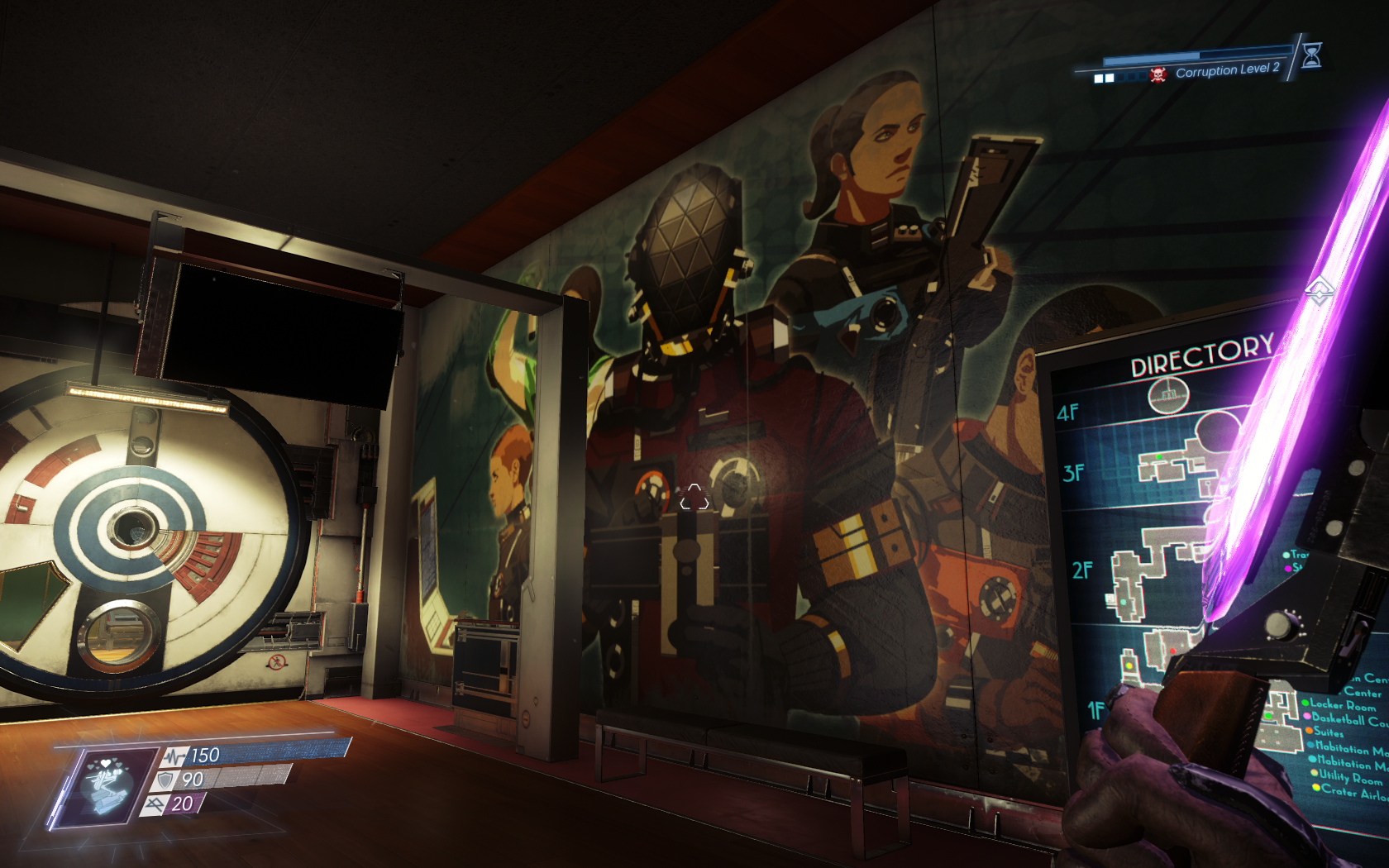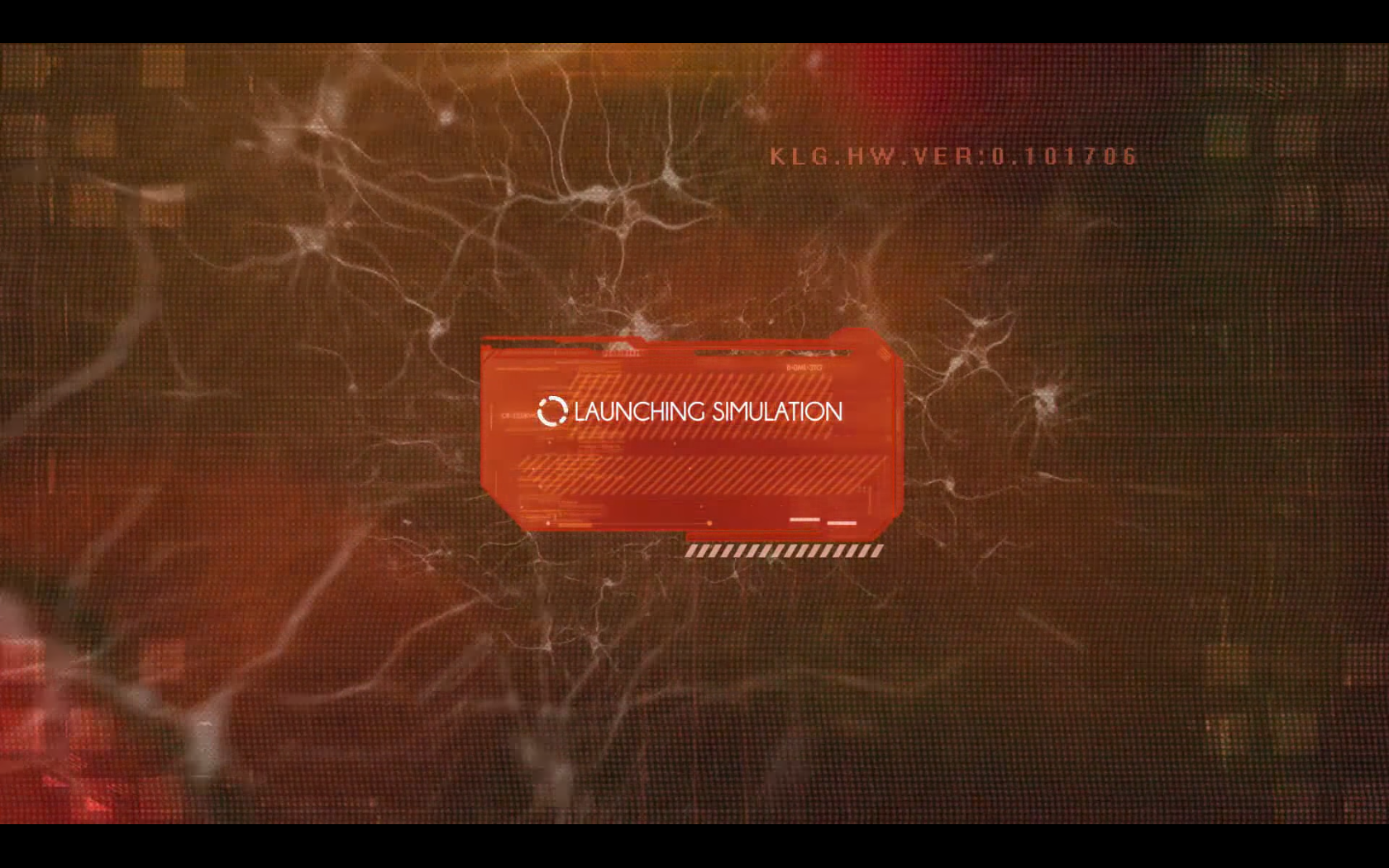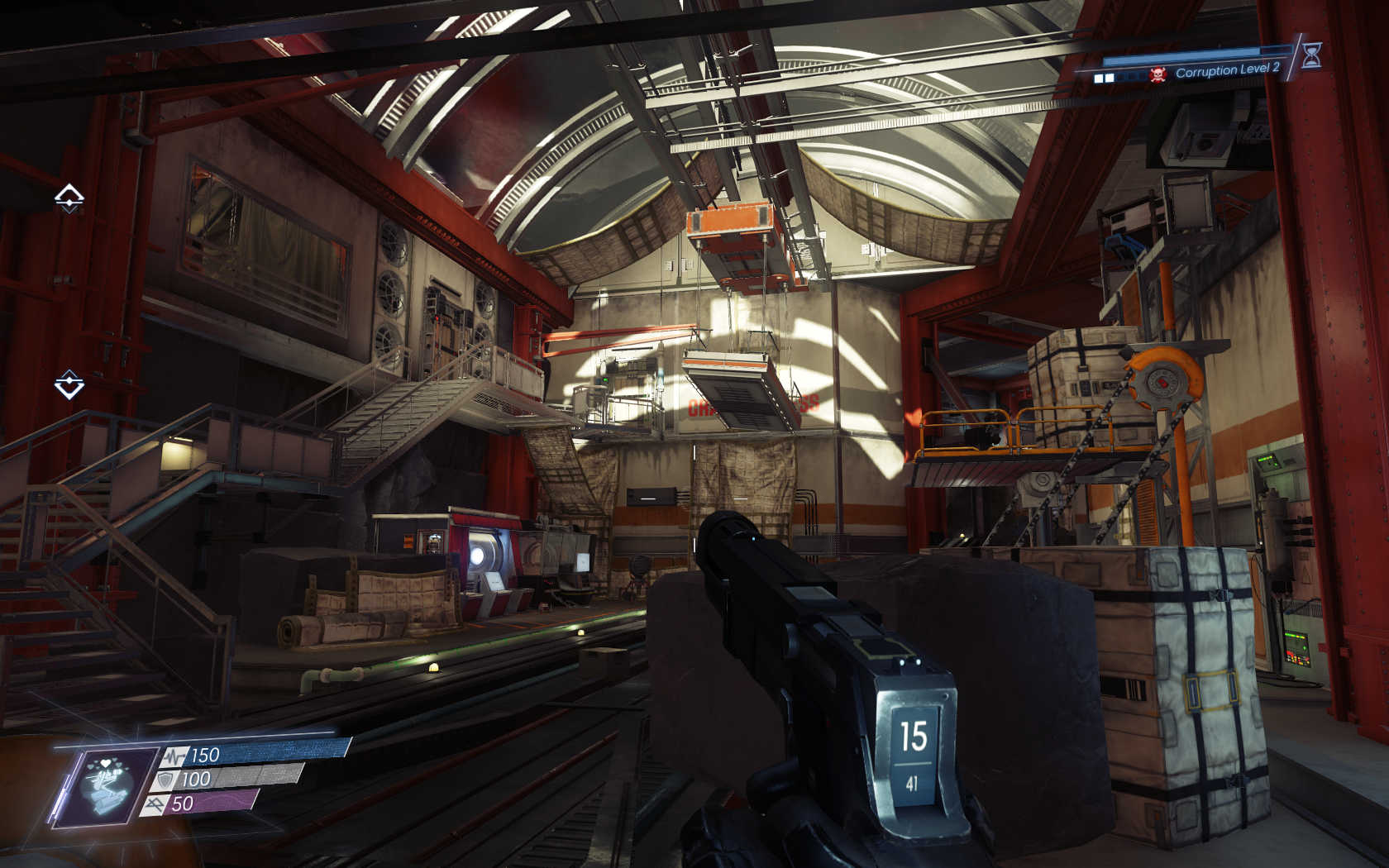Prey was released in 2017 by Arkane Studios, the same team that brought us the exemplary Dishonored series. In my opinion, Prey didn’t receive the recognition it deserved because of two key factors. Firstly Bethesda (at the time) had adopted a ridiculous review embargo on sending game codes to media outlets; sites would only receive a review copy one day before release. Now, it’s my philosophy that even if you have to go and buy a game on release day and spend a week working on a full review; that is what you must do. However, when the larger sites are overwhelmingly orientated around the ‘clicks’ they generate, it becomes a race to get a review out of the door. This rush to be the first is the second reason why I think many sites never gave Prey the time needed to understand what astounding game lay buried just under the surface. There was also an unfortunate situation with IGNs resident man-baby giving it a 4/10 due to hitting a bug in the review process. If you would like to know more about the main game you can check out my review here.
It’s cheese Gromit!
As you might expect, Mooncrash is not based on Talos One but on Earths own dusty satellite. This ball of rock that circles our planet every day has always been steeped in mystery and folklore. The moon as a setting is ideal because it helps build that feeling that something sinister is going on. The game opens with you waking up to Clare De Lune and a view of your tiny spacefaring home (including pictures of family members). You play the game as Peter, an unfortunate soul working for a ruthless rival company to Transtar (the company that owns Talos One) hoping to fulfil his contract and see his family again. While aboard a spy satellite you must hack into the communications of the Moonbase owned by Transtar and piece together what events transpired there. Right from the off you get the impression that your employers are being duplicitous and there’s a clever side story happening outside of simulation exploits.
Oceans Five
The basic idea for Mooncrash is this: you enter the game with pretty much empty pockets and must somehow escape the Moon. Initially, the escape pods seem like the only feasible way to accomplish this but as you uncover more of the games play area more methods of escape become open to you. I won’t reveal too much about this system as some of the escape methods are both inventive and clever. In one situation I discovered shuttle and after listening to a transcribe conversation learned that a trained pilot had prepared a Neuromod with his piloting skills and given it to a female co-worker. Using the security station computer I tracked this (deceased) woman down and used the Neuromod. On returning to the shuttle I could now pilot the craft and make my escape.
In many respects the minute to minute gameplay is similar to Prey, you enter a room, scavenge everything you can from it while fighting off the many Typhon that want to do bad things to your sweet-meats. There are, however, some big differences here which make this a very different proposition to the main game. Each time you play you are running a simulation based on the experiences of a person who was on the Moon at the time of the ‘event’. Once you achieve certain goals more of these characters are unlocked, five in total, which can also then be used to dig further into the station.
On a fresh run, you will have all the characters you have unlocked available. Once this character has either died or escaped you can then choose another character to enter the simulation with; remembering the fact that all changes your first character made will remain. If your last character met a sticky end then you can actually gather the items from their corpse, assuming a Weaver hasn’t turned them into a Phantom. What makes this system work so well is that these characters have skill trees that offer different strengthens and weakness. The engineer, for example, can repair doors, circuits and turrets but you may then need one of the other characters with hacking ability in order to progress further. The ultimate goal is to get all five of your characters to escape in the same simulation run, but in order to accomplish this, you will need to overlap the work you do before that character departs. In many ways this set up reminded me of heist films like Oceans Elven in which every person has numerous tasks to fulfil and only working together can the whole team succeed. What makes this exponentially more difficult is that this station doesn’t hang around and wait for you to find your big boy pants.
Onions have Layers
I’ll admit it, I’ve been known to dabble in save-scumming from time to time. This is, for those who don’t know, the practice of constantly saving your game until you get the outcome you want. I. I’m doing better these days but having the ability to save at any point in Prey didn’t do my habit any good. In Mooncrash however, the save option is simply not there because in many respects this is a roguelike. Not content with stripping me of my awesome save powers, the team at Arkane have added a time limit into the mix.. and I fucking love it.
As you play the game you will notice that there is a corruption bar creeping up on the right. When this fills up the simulation will increase a corruption level (of which there are five). Each level increases the amount and ferocity of the Typhon you will face. Also, new threats will appear in areas that you have already cleared which really does keep you on your toes. There are ways to delay this process but ultimately you must get all the characters escaped before this timer reaches critical mass.
The whole station is run on systems, power, oxygen etc and the status of all these systems can be checked at security stations. The trams for example which can transport you between the three major hubs can go offline and you must restore these if you wish to use them. Every time you restart the simulation the experience will be different. Items, enemies and even the stations status will change. This combined with the fact that the station also changing in real time leaves you the player having to think on your feet. The many layers that made the base game so wonderful are all here but now with many new elements thrown into the mix, the tension can really ratchet up.
Rogues and Typhons
The whole idea for a roguelike is to die, apply what you learned and push further to your goal. This is certainly true for Mooncrash because you will (and in fact must) die a lot. A popular theme these days with roguelikes is having something to carry forward to the next run. Everything from finding crew members to killing Typhon will earn you points which will be tallied up at the end of that attempt. These points are in fact a currency which you can then use to buy new equipment for the next run. Every time you unlock a blueprint, find a weapon or come across a new chipset; these are added to the loadout screen for the next run. The trick is to spend these points wisely and if you are simply trying to uncover a new part of the base you may not want to wade in packing all the best gear.
Additionally, Neuromod upgrades are also something that remains after the run, so if you have them on a character just make sure you instal them before you either die or escape. In this way, each character you have will get progressively more useful over time but the limited skill trees still make sure that no one character can get everything done. Most of the skills that you can add are derived from the main game and yet some are completely new. The Engineer, for example, can summon turrets which makes her formidable for taking down some of the bigger enemies. Speaking of new, there is also a number of new enemy types to deal with. These are not just reskins like you might expect in a Destiny game, but brand new Typhons with deadly attack patterns. There are also a few new weapon types to help take down these formidable creatures as well as some cool new grenades (the glue grenade is particularly excellent). Going along with the more disposable feel we even have weapon degradation to compete with, so don't get attached to that epic shotgun unless you have a repair skill.
Even these new elements were not enough because you can now be affected by various status effects, which can severely hamper your progress. If you are haemorrhaging, for example, you will bleed when doing anything other than walking. Concussion will make your vision blur every few seconds and even prevents you from installing a Neuromod. There are many of these effects and each can be fixed by a medical operator or a specific treatment (skin graft for burns etc). All of these additional layers of gameplay we see in Mooncrash fit perfectly and really show that the team knew what they were going for.
Is it PC?
Whenever I am going to be playing a substantial piece of DLC I always play the base game, this is just one of my idiosyncrasies. While running through Prey I reminded myself just how high-quality games from Arkane Studios are. In Dishonored and now in Prey, every room can tell a story, posters paint a picture and these worlds are just a joy to explore. This same high level of detail is carried over into Mooncrash and even with some fundamental changes to gameplay, exploring the Moonbase is awesome. I also like how objects bounce around with faithful physics, sliding an explosive tank toward the feet of an enemy is all part of the experience. The only graphical ugly-spot that I am aware of is the characters themselves are fuck-ugly, but as you rarely see them this isn’t a problem.
In terms of performance Prey (and now this DLC) run on the CryEngine and for me have been silky smooth even when under strain. This is running the game at maximum settings on an i7 4.2 GHZ with 16GB of RAM and a GTX 980. All the control options you will ever need are present including good controller support and rebindable keys.
Summary
This has been one of the most difficult reviews I have ever taken on, simply because of how much is going on at any one time. This DLC takes the basic Prey game and morphs it into a very different experience while keeping the high levels of quality. However, what I find the most impressive about Mooncrash is how Arkane have gone that extra mile. They didn’t have to add the new status effects, design new monsters and implement new skills. The team could have just made an additional module that extended the core game by a few hours. In a landscape of generic sequels (I’m looking at you EA) and underwhelming season passes, here we have one of the best pieces of DLC I have ever played. If you don’t own Prey then can pick up both the main game and this DLC in one package. If you have the base game then I cannot recommend Mooncrash enough and with the amount of replay value its a steal at this price.
Thank you for reading my review of Prey: Mooncrash. If you would like to stay informed about new content from Rigged for Epic please consider following me on Twitter @riggedforepic


